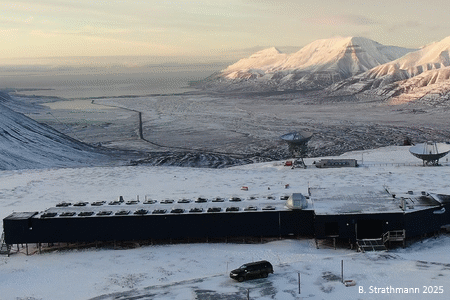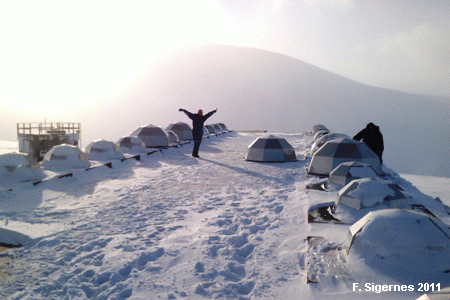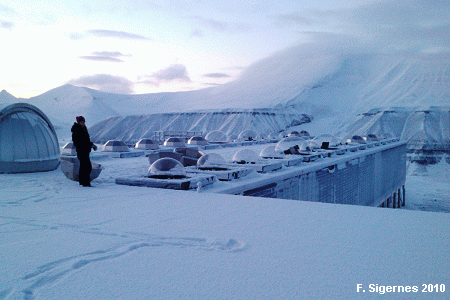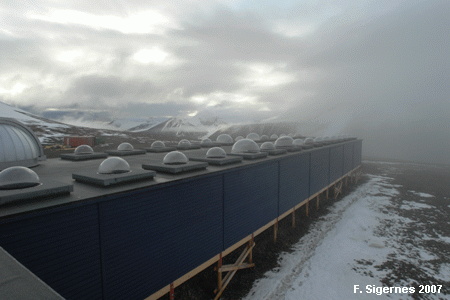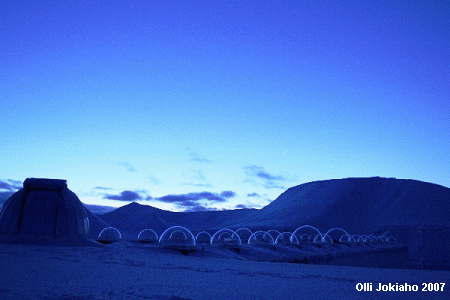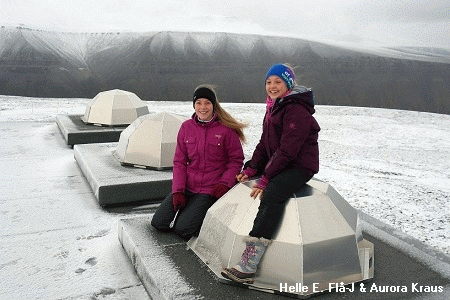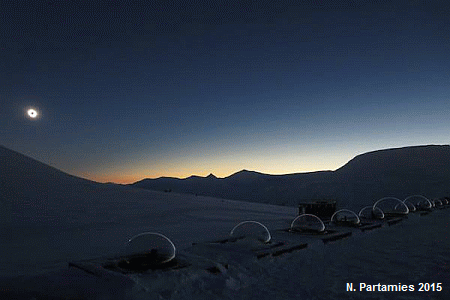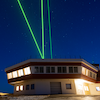 |
New BACC all-sky camera at Alomar!
Our Boreal Aurora Camera Constellation (BACC) is slowly expanding in size since we started it back in 2015.
The constellation has a low-cost philosophy with minimum administrative oversight and load.
Camera number 6 is now installed at the Alomar Observatory operated by Andøya Space.
We now cover northern Scandinavia and Svalbard with real-time all-sky views of the auroral oval. Data is used to improve our auroral forecast capability. See cameras field of view (coverage).
Read details here. 10 December, 2025
|
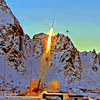 |
Press release Andøya Space. 23 November, 2025
|


